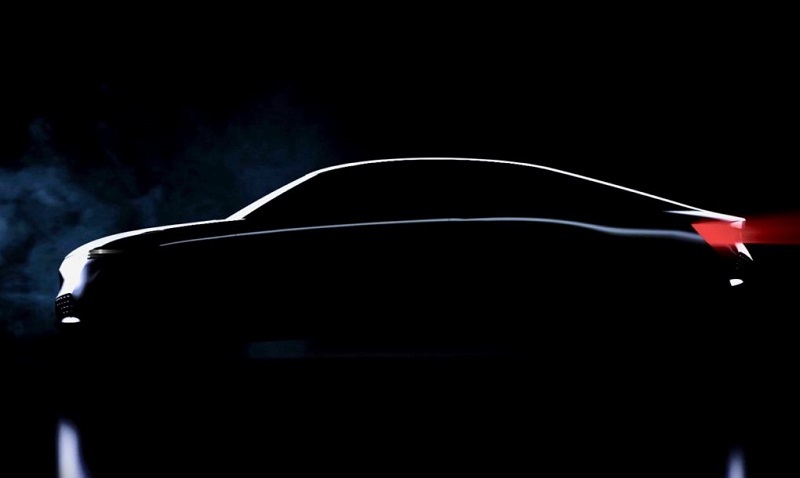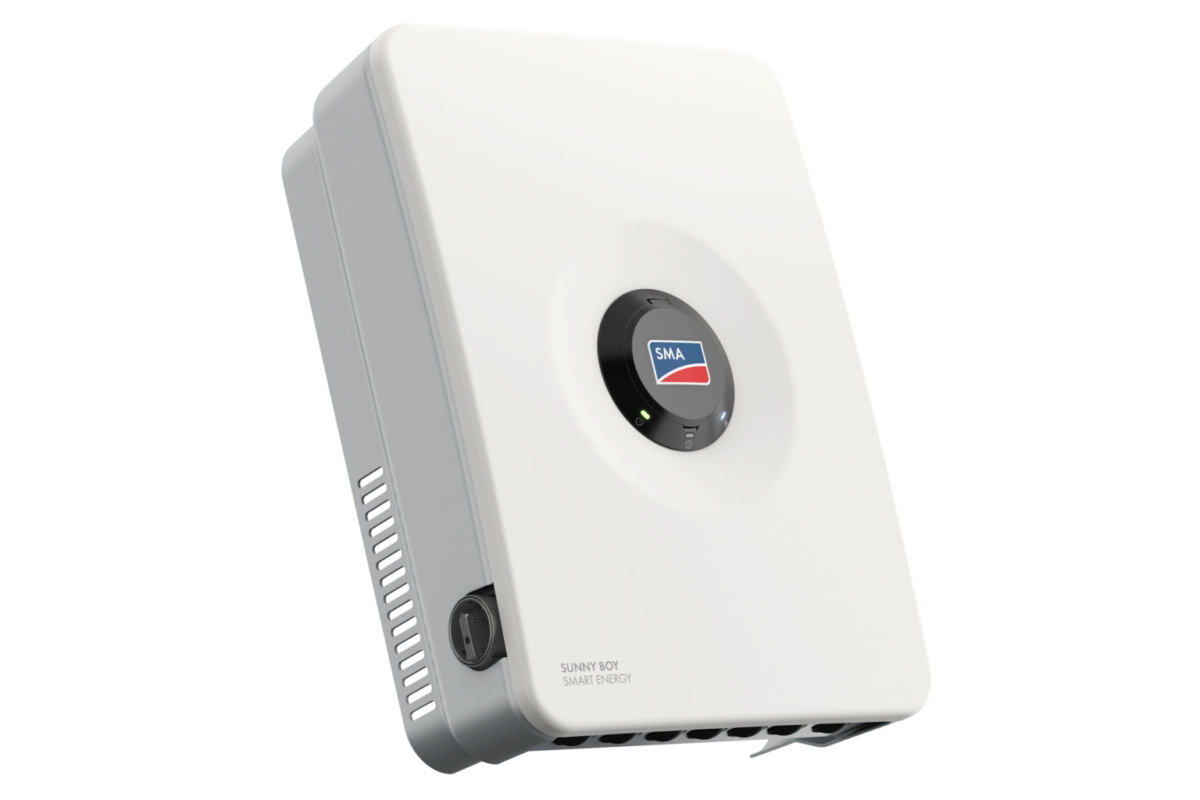From pv magazine USA.
“We are partnering with the sun to build better cars.”
It is a simple tagline, cliched maybe but it encapsulates the mission of Lightyear, a Netherlands startup that has just released a prototype for the world’s first long-range electric car: the Lightyear One.
We are partnering with the sun to build better cars. Watch the aftermovie of the unveiling of Lightyear One, the world’s first long-range solar car.
Full version here → https://t.co/CuUzhR09ns pic.twitter.com/WG2LznMOL7— Lightyear (@lightyear_cars) June 25, 2019
Just what is a solar-powered car? What it means first and foremost is control over the car’s energy and a guarantee said energy is clean. With a traditional EV, though the car runs only on electricity there’s no guarantee that power came from a renewable source and frequently the opposite is true. With Lightyear, the consumer knows the fuel is truly clean, when it is running off solar energy at least.
Unfortunately, though, the Lightyear One won’t be running solely off solar for long. While the car boasts a 450-mile range, only 40-50 of those miles will be powered by the sun. Otherwise the model works as a traditional EV.
Lightyear’s design is anything but traditional, however. The car is covered by 16ft² of solar cells behind safety glass. Each wheel is connected to an electric motor and each motor powers the corresponding wheel. Under the hood is a battery, noticeably smaller than industry standards due to the assistance it gets from the solar panels.
Futuristic design
Aesthetically the car presents an active look at the future of design. From front to back a contemporary grill gives way to a sleek, softly slanting, body which features a two-tone, white and black balance of solar panels and painted metal in automotive feng shui. Oh, and there’s rear wheel covers. Can’t forget the rear wheel covers, they’re just so futuristic.
The company says it has already sold 100 copies of the prototype, which is expected to begin commercial production in 2021, with reservations available for another 500 units. For those interested, the manufacturer’s suggested starting retail price clocks in at a casual $136,000.
For the company, the switch to EV – and even more so solar-powered cars – is one born out of necessity, a sentiment that is echoed by Lightyear CEO and co-founder Lex Hoefsloot, who said:
Climate change is such a frightening development that it’s almost paralyzing. We decided to do the opposite; as engineers, we believed we could do something. Lightyear One represents an opportunity to change mobility for the better.
By Tim Sylvia
This content is protected by copyright and may not be reused. If you want to cooperate with us and would like to reuse some of our content, please contact: editors@pv-magazine.com.



There’s nothing wrong with the idea of an EV charged by the sun, but it’s important not to mislead folks too. 16 square feet of PV doesn’t correspond to more than about a standard 350W solar panel.
Even under standard test conditions (not realistic for most of the US) it would take months to fully charge an EV with a 450 mile range. Even charging for the claimed 40-50 mile solar range would likely take at least 180kWh, so more than 2 months of STC sunlight for 8 hours a day.
So not sure whether it’s fair to call this a serious solar electric car or attach that title to any car for that matter. The available surface area and the physics just don’t allow such a claim. That’s not to say that a PV system mounted on a roof can’t charge your EV, that’s already possible and happening. Just that there’s not enough surface area on the car itself to accomplish this task in a reasonable amount of time to be useful.
Lightyear One’s website claims 12km/hr of solar charging speed (roughly 7.5 mph).
It’s hard to see how this is possible for any extended amount of time for most users.
Solar cell surface on the car is 5 square meter, which is ~ 54 square feet not 16